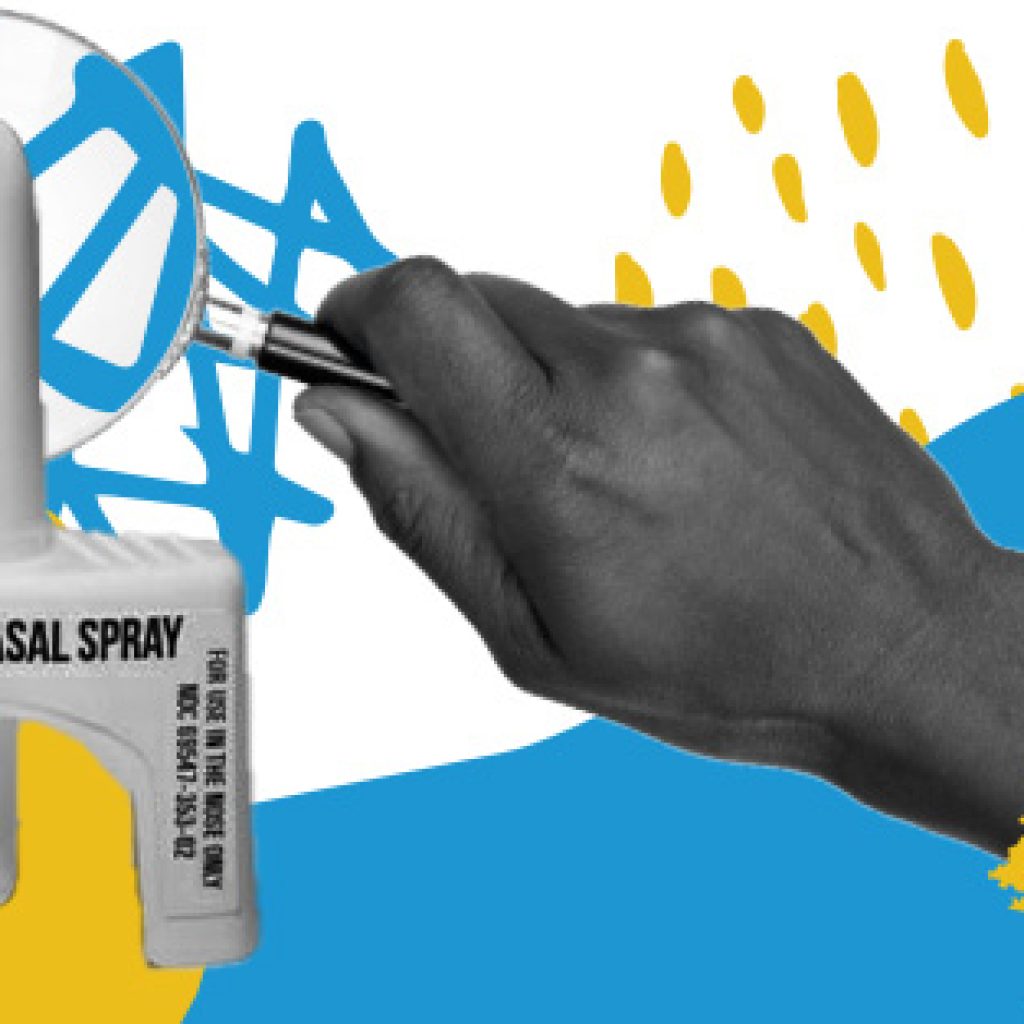The Risk-Need-Responsivity Model: Empirically Based Treatment for Criminal Offenders
This post was originally published in October 2020 and has been updated, to read the original version follow this link.
The risk-need-responsivity (RNR) model was first drafted formally by researchers in Canada looking for ways to reduce recidivism for offenders in correctional settings (Andrews, et al., 1990). The authors described four principles of classification for effective rehabilitation which drive rehabilitation efforts:

Risk – This principle underscores the need to consider services according to the risk for recidivism so that higher risk individuals receive more intensive approaches and lower risk cases receive less- intensive services.

Need – This principle promotes the use of services that match the characteristics of factors that helped to cause the criminal behavior.

Responsivity – The basis for this principle is matching the styles and modes of service to the abilities and learning styles of the offender.

Professional override – This principle provides for professional oversight for making appropriate decisions for services after considering the principles of risk, need, and responsivity (Andrews, et al., 1990).
The researchers also incorporated the use of the psychology of criminal conduct in the RNR framework. Their justification for its inclusion included:
- that previously the theory had often been overlooked,
- variations in individuals’ criminal conduct had not been considered,
- psychology provided a basis for understanding biological, personal, interpersonal, circumstantial, and structural/cultural difference in criminal conduct,
- the lack of use of criminal psychology had often resulted from a belief of those in the field of criminology that clinical services were at best ineffective and at worst “evil,”
- and criminal psychology allows for consideration of covariation among the variety of variables involved in determining what rehabilitation services to provide (Andrews, et al., 1990).
The authors provided detailed descriptions of each principle and many examples of what the use of each principle might look like and how it might impact effectiveness of treatment for recidivism. They also differentiated between rehabilitation and punishment, humanitarian reform, and “nice” or “tyrannical” behavior and noted the unfortunate fact that rehabilitation was not considered a “professional area of practice” (Andrews, et al., 1990).
In establishing a new model of service provision with a variety of variables that might be studied in the provision of services for offenders, the study authors also created a new literature base for determining effective recidivism treatment in correctional systems around the world.
Risk, Need, Responsivity Strengths
One assessment of the model evaluated its effectiveness by examining its strengths and weaknesses (Polaschek, 2012). Using a series of criteria that had been used by other empirical studies, the strengths and reasons for each strength were noted as follows:
- Unifying power and external consistency – because the model was created from existing psychological theories and data. This meant that, not having a unique psychological theory of its own, it could be used with almost any theory, including Freudian.
- Explanatory depth – because the model allows effectiveness or lack thereof to be explained by the many variables around which programs are built, including anti-social attitudes.
- Empirical validity – because it was based on existing data and new data from the past 20 years has not negated any of those findings.
- Fertility and practical utility – because the model has infinite possibilities for diversity and innovation and has even been used to develop program accreditation systems.
Risk, Need, Responsivity Weaknesses
The following are the weaknesses and reasons for them listed in the appraisal:
- The framework lacks “simplicity or parsimony” – because the Psychology of Criminal Conduct is the only source for detailed information about the model, the complexity of the model is only available through reading the book or more recent explanations by other authors.
- Limited “explanatory depth” – because not all of the principles it is based upon are fully developed.
Those limitations being stated, the appraisal author does note that the “RNR model of rehabilitation seems set to remain the ‘premier rehabilitation theory’ (Ward et al., 2007, p. 222) as long as it continues to enjoy strong empirical support, and as long as scientific data are held in higher esteem than ‘truthiness’. The achievements of the RNR model are quite remarkable: developing and promoting from the quagmire of quackery, confusion, and contradictory findings that preceded ‘what works’ (Latessa, Cullen, & Gendreau, 2002) a deceptively simple series of principles to guide offender rehabilitation (Polaschek, 2012).
Training Opportunity
If your interest in the RNR Model is piqued and you would like to learn more about it, CASAT Learning offers a pre-recorded webinar where you can learn more about it and build skills. The presenter was be Darcy Davis, PhD, MSW.
“Risk-need-responsivity theory is based primarily on theories of behavioral psychology and is intended to support efforts at crime prevention through providing services targeted towards individual criminogenic risk factors. The Risk Principle involves matching the level of service to the individual’s risk to reoffend. There is a growing support in the research for reserving treatment resources for high risk offenders. The Need principle involves assessing each person for known criminogenic needs and target treatment based on their most salient needs. The Responsivity principle involves maximizing the potential success of rehabilitative intervention by providing cognitive behavioral treatment and tailoring the intervention to the learning styles, secondary needs, motivation, and strength of the offender.”
References
Andrews, D. A., Bonta, J., & Hoge, R. D. (1990). Classification for effective rehabilitation: Rediscovering psychology. Criminal Justice and Behavior, 17(1), 19-52. doi:10.1177/0093854890017001004
Andrews, D. A. 1., & Bonta, J. (1998). The psychology of criminal conduct (Second ed.). Cincinnati, OH: Anderson Pub. Co.
Polaschek, D. L. L. (2012). An appraisal of the risk-need-responsivity (RNR) model of offender rehabilitation and its application in correctional treatment. Legal and Criminological Psychology, 17(1), 1-17. doi:10.1111/j.2044-8333.2011.02038.x
Blog Post Tags:
Related Blog Posts
Related Learning Labs
Related Resources
.
- Buscar Tratamiento de Calidad para Trastornos de uso de Sustancia (Finding Quality Treatment for Substance Use Disorders Spanish Version)
- Finding Quality Treatment for Substance Use Disorders
- Focus On Prevention: Strategies and Programs to Prevent Substance Use
- Monthly Variation in Substance Use Initiation Among Full-Time College Students
- The National Survey on Drug Use and Health (NSDUH) Report: Monthly Variation in Substance Use Initiation Among Adolescents








